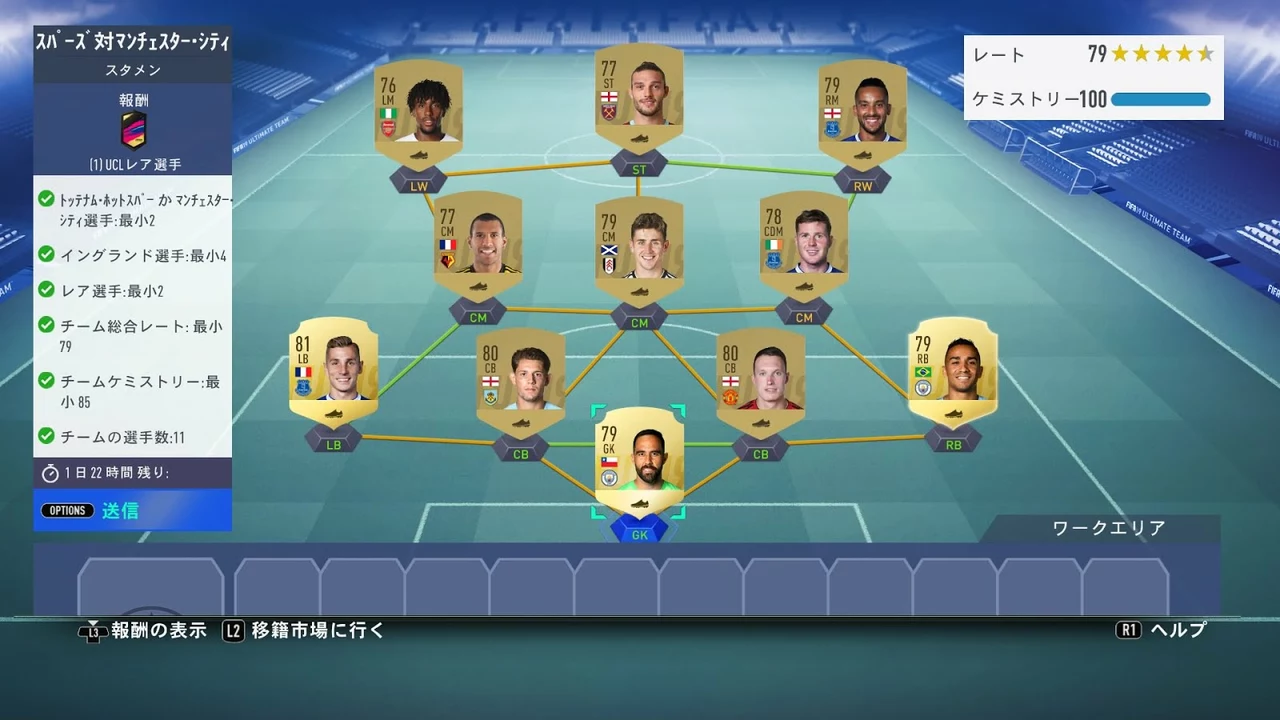Sports Analysis: Your Guide to Leagues, Stats, and Game Count
Welcome to the Sports Analysis hub at Mortality Esports Arena. Whether you follow traditional sports or competitive gaming, you’ll need to understand how leagues work, how many games are played, and what the numbers mean for teams and fans. This page breaks down the basics in plain language, so you can follow the action without getting lost in jargon.
Understanding League Formats
Leagues come in different shapes. The most common setup is a round‑robin, where each team faces every other team at least once. Some leagues add a second round so every matchup happens twice – once at home and once away. The choice affects the total number of games, travel schedules, and how long the season lasts.
In esports, the same rules apply. Organizers often choose a double round‑robin to give teams a fair chance and to fill out a broadcast schedule. Knowing the format helps you predict when your favorite team will play and plan your viewing calendar.
Quick Math for Game Count
Here’s a simple way to calculate games in a round‑robin league. Take the number of teams (n), multiply by one less than that number (n‑1), then divide by two. That gives you the total match‑ups if each team meets once. For a double round‑robin, just double that result.
Example: A 10‑team league.
Single round‑robin: 10 × 9 ÷ 2 = 45 games. Double round‑robin: 45 × 2 = 90 games. That means each team plays 9 games in a single format or 18 games when home and away matches are added. The math stays the same whether you’re counting soccer matches or a League of Legends season.
Why does this matter? Knowing the total games helps you gauge the length of the season, the workload for players, and the amount of content you’ll see. It also lets you spot schedule quirks, like a team that seems to have a tougher run because they play more away games early on.
Beyond the numbers, think about what the schedule means for strategy. In a short single‑round league, every match carries extra weight, so teams may play more conservatively. In a longer double‑round format, there’s room to recover from a loss and experiment with line‑ups.
At Mortality Esports Arena, we use these calculations to power our match previews, betting guides, and fantasy tips. When you see a schedule, you’ll instantly know how many chances a team has to climb the standings.
If you’re new to sports analysis, start by picking a league you like and applying the formula. Write down the total games, then track each team’s results. Spot patterns, compare home vs. away performance, and you’ll quickly develop a feel for what the numbers are saying.
Ready to put the math to work? Dive into our article “How many games are in a 10‑team league?” for a step‑by‑step walk‑through, then explore other posts that break down player stats, win probabilities, and clutch moments. The more you practice, the sharper your analysis will become.
Join the Mortality Esports community to share your insights, ask questions, and stay ahead of the game. Whether you’re a casual fan or a budding analyst, this space gives you the tools to understand every schedule, every stat, and every win.
